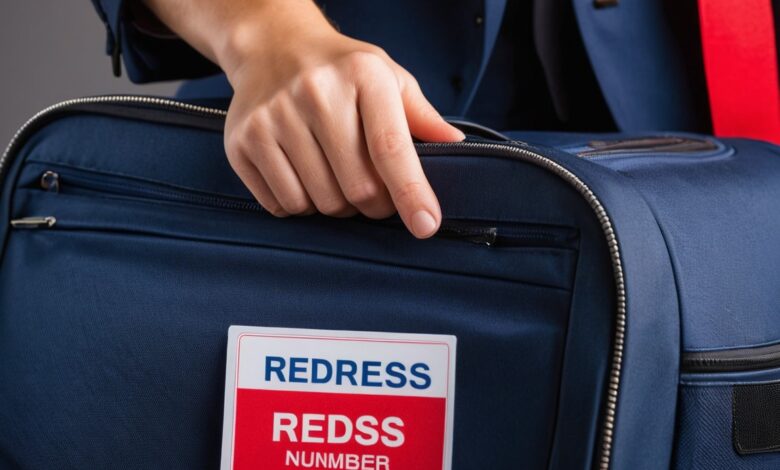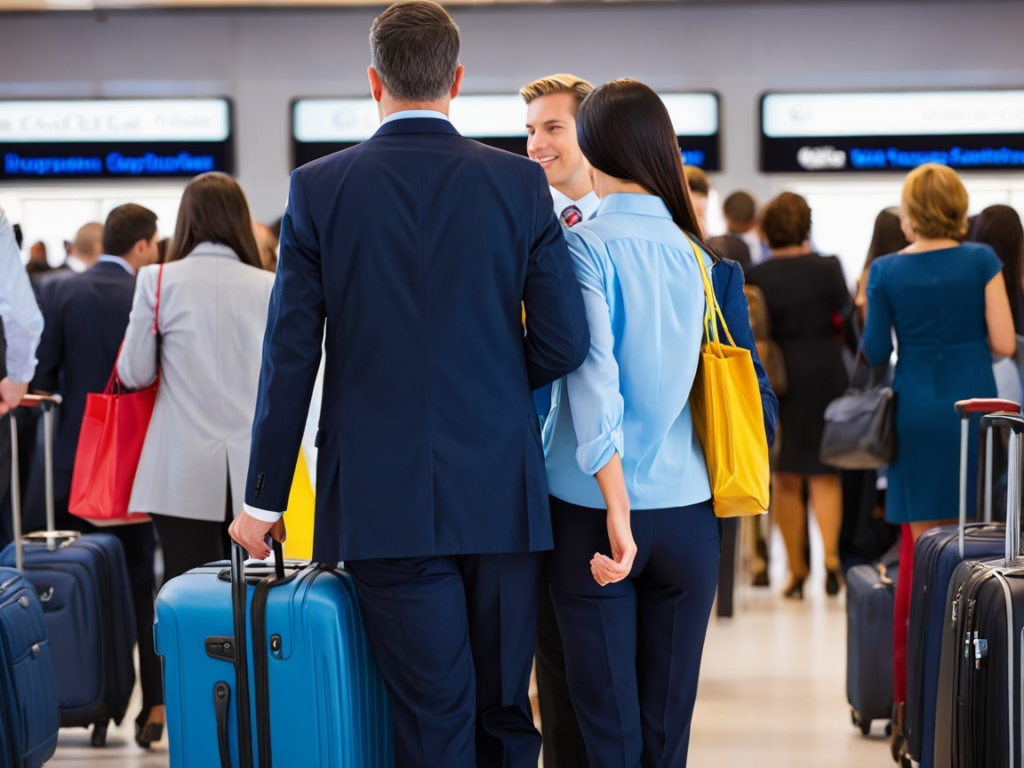
If you’ve ever heard of a redress number and wondered, “What is a redress number?” you’re not alone. A redress number is a unique identifier issued by the Department of Homeland Security (DHS) for travelers who’ve been wrongly flagged on a watchlist. This number helps travelers clear up any confusion or mistakes during airport screenings, ensuring a smoother and stress-free journey.
So, how does this number help you? When you travel, your information may be checked against security databases. If you’ve been mistakenly linked to someone on a watchlist, having a redress number means you won’t face unnecessary delays or problems. It’s all about making your travel experience easier and more straightforward, especially if you’ve had issues in the past.
What Is a Redress Number and Why Do You Need One?
A redress number is a special seven-digit code issued by the Department of Homeland Security (DHS) to travelers who have been mistakenly flagged on security lists. If your name matches someone on a watchlist, this number helps to clear up the confusion. It allows you to pass through security checks without unnecessary delays or problems.
Having a redress number can be very helpful. For example, if you’ve ever been stopped at the airport because your name matched someone on a list, this number will ensure that doesn’t happen again. It makes your airport experience smoother, so you don’t face the stress of being wrongly questioned or delayed.
The Purpose of a Redress Number: Clearing Travel Confusion

The main purpose of a redress number is to help clear up any mistakes made by the security systems. Sometimes, your name might look like someone else’s who is on a watchlist. This can cause confusion at the airport, but a redress number solves that problem. It helps match you with your travel records to ensure the correct person is being identified.
If you’re unsure whether you need a redress number, it’s important to know that only certain travelers who have faced security problems will apply for one. If you’ve never been stopped or delayed at the airport, you probably don’t need a redress number. But if you’ve had issues in the past, this number can make your travel much easier.
How Does a Redress Number Help with Security Checks?
When you travel by air, your personal details are checked against a list of people who may need extra screening. This list includes people who might be linked to criminal activity, threats, or other security risks. Sometimes, names get mixed up, and someone who isn’t a risk gets flagged.
A redress number helps to fix this problem. When you provide it, the system will recognize that you’re not the person with the similar name. This way, you won’t be delayed or confused with someone else. It’s all about making your travel experience easier, so you don’t have to worry about being stopped at the airport.
Steps to Get a Redress Number: A Simple Guide
If you’ve had trouble with security or think you might be wrongly flagged, you can apply for a redress number through the DHS Traveler Redress Inquiry Program (DHS TRIP). Here’s how you can get one:
- Apply Online: Visit the DHS TRIP website and fill out the application form.
- Provide Your Details: You’ll need to give information like your full name, date of birth, and the reason you think you were flagged.
- Wait for a Response: After you apply, you’ll receive a response from DHS TRIP. If your case is resolved, you’ll get your redress number.
Once you have the number, you can use it when booking flights or updating your travel profile. This helps airlines and security teams recognize you quickly, avoiding any future confusion.
How to Use a Redress Number for Hassle-Free Travel
When you receive your redress number, it’s important to use it the right way to enjoy a smooth travel experience. You can add your redress number to your airline profile or provide it when booking flights. This ensures that the airline and security systems recognize you and help prevent confusion.
You don’t need to worry about it all the time, though. You only need to provide the redress number when booking tickets or updating your travel details. If you don’t have one, it’s okay—most travelers don’t need it.
What to Do If You Lose Your Redress Number

Sometimes, travelers may lose their redress number after receiving it. If that happens, don’t panic. The good news is that you can easily get it again by contacting DHS TRIP.
- Contact DHS TRIP: Send an email to TRIP@tsa.dhs.gov with your personal information (name, birthdate, and address).
- Request Your Number: In the email, ask them to send your redress number again. They will reply with the details.
Losing your redress number doesn’t mean you’re stuck. Just follow these simple steps, and you’ll be able to get back on track with your travel plans.
Conclusion:
In conclusion, a redress number is a helpful tool for travelers who have faced problems with security checks in the past. If you’ve been mistakenly flagged or delayed because of a similar name to someone on a watchlist, getting a redress number will make your future travels smoother. It’s simple to apply for and ensures that you won’t be held up unnecessarily at the airport.
Having a redress number can save you time and stress during your trips. Once you receive your redress number, be sure to add it to your travel profile and provide it when booking flights. This will help security systems quickly recognize you and avoid confusion, allowing you to focus on enjoying your travel experience.
FAQs:
Q: What is a redress number?
A: A redress number is a unique code given to travelers who have been wrongly flagged on security lists, making their travel smoother.
Q: Do I need a redress number for every flight?
A: No, you only need it if you’ve had security issues before due to a similar name to someone on a watchlist.
Q: How can I get a redress number?
A: You can apply for a redress number by contacting the DHS Traveler Redress Inquiry Program (DHS TRIP) online.





